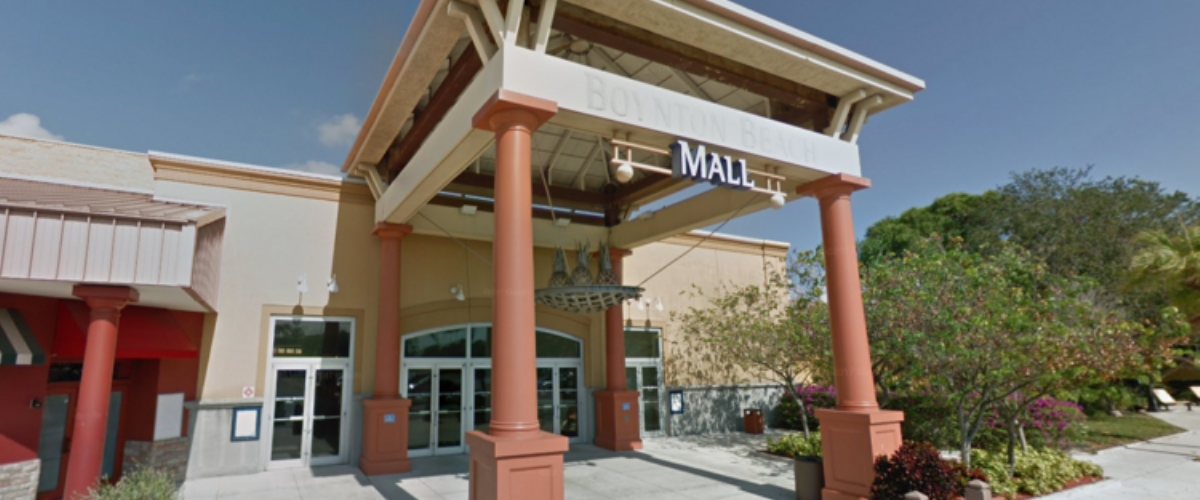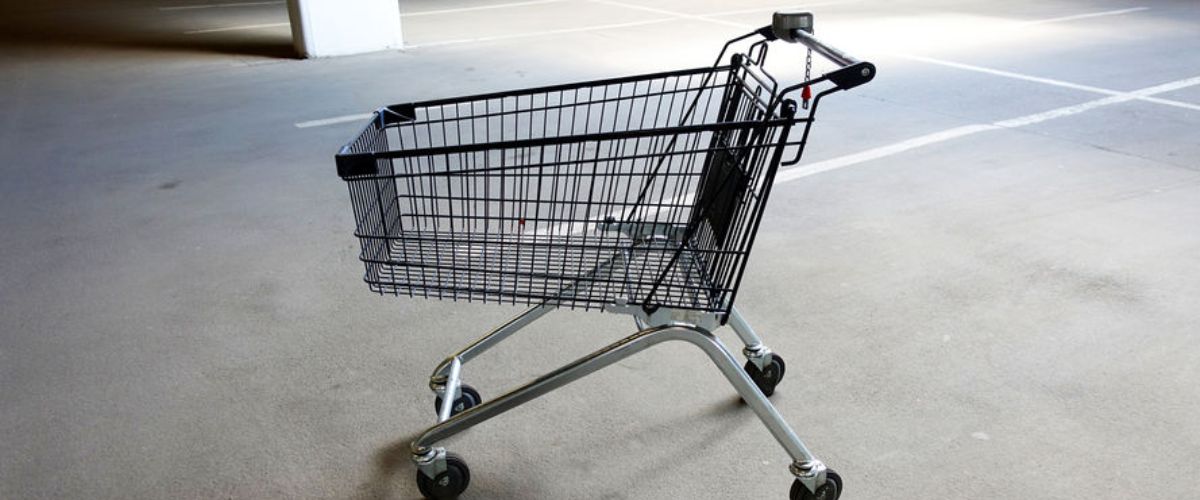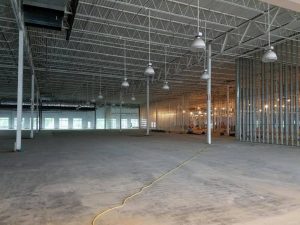The pandemic is expected to drastically reshape commercial real estate, leaving thousands of vacant and underused spaces nationwide. But some developers and investors are keen to seize the chance to convert those properties into other uses.
Lord & Taylor’s flagship department store in Manhattan, for example, will soon house office workers for Amazon, and a tourist destination in the heart of Hollywood is getting a $100 million face-lift that includes converting underused retail spaces into offices.
“Nobody ever lets a crisis get in the way of creating opportunity,” said Sheila Botting of Avison Young, a commercial real estate services firm in Toronto, where she is president of the professional services practice for the Americas.
Conversion waves in the past were often localized. For instance, more than 13.8 million square feet in lower Manhattan changed over after the Sept. 11 terrorist attacks in 2001, according to the Alliance for Downtown New York. But those shifts were nothing on the scale that is expected in the next 18 to 24 months, experts say.
In retail alone, at least 7,700 stores totaling 115 million square feet were expected to close this year as of early August, according to data provided by CoStar Advisory Services. Most of these closures will be in malls, which were struggling long before the pandemic pushed department stores like JCPenney and Neiman Marcus into bankruptcy.
At the same time, 172.7 million square feet of Class A office space, typically the highest quality, is expected to come online this year and next. Only 59% of it has been leased, below the average of 74%, according to the CoStar data. And nearly 1 in 4 hotels nationwide faces possible foreclosure as owners fall behind at least a month on loans, the American Hotels & Lodging Association said. Simply put, a lot more space is going to be available out there.
“If there was a sudden drop in demand for Cheerios, General Mills would just pull the Cheerios,” said Victor Calanog, head of commercial real estate economics at Moody’s Analytics. “Then there’s going to be less, and prices won’t have to fall as much. But once you’ve built an office building, you can’t exactly take it off the market.”
Some of the causes of the national oversupply in commercial real estate predate the pandemic. For example, the shift to e-commerce has hastened many stores to the grave in recent years — more than 10,200 stores closed in 2019, according to CoStar.
Also, businesses that use offices have been pulling back on space amid rising digitization and other efficiencies as well as demographic shifts — younger generations in general are comfortable with less office space. The commercial real estate industry’s rule of thumb in the 1980s was 200 to 300 square feet per employee, according to Moody’s Analytics. By 2019, the average had fallen to 126.5.
And industries as diverse as real estate, media, technology and banking have been flirting with more telecommuting for decades. Moreover, a sizable chunk of leased space goes largely unused during the workday anyway — estimates place it at 30% to 40% — as people are out of the office for various reasons. But the crisis has created a chance for some developers to reassess their strategy.
“I think for the real estate community, this represents a moment in time to think about current assets, how they’re being used and what future options might be,” Botting said.
The starkest example yet of this approach might be Amazon’s possible plans to convert JCPenney and Sears stores in shopping centers owned by mall operator Simon Property Group into distribution warehouses, which was reported earlier by The Wall Street Journal. The e-commerce giant is also behind the overhaul of the shuttered Lord & Taylor store on Fifth Avenue, turning 676,000 square feet into office space for about 2,000 employees by 2023. Amazon declined to comment for this article.
Last month, DJM Capital Partners, a real estate services firm, and private equity firm Gaw Capital Partners revealed plans to overhaul the Hollywood & Highland, a Hollywood entertainment complex on the same block as the Dolby Theater, which hosts the Academy Awards. Those plans call for carving nearly 100,000 square feet of creative office space out of existing retail.
“When the firms bought the complex last year, they had a low opinion of the future of traditional brick-and-mortar retail,” said Stenn Parton, chief retail officer of DJM. “Then the coronavirus shut down thousands of businesses across the country. If anything, I think it’s solidified our business plan as we’ve seen the record store closures as a result of the pandemic.”
Most conversions won’t be as grand; instead, they’ll involve smaller and less heralded properties. Still, a wide variety of conversion projects is expected.
“Developers see an opportunity in converting hotels into continuing care retirement communities,” said David Reis, chief executive of Senior Care Development in Harrison, New York. “It’s less expensive to convert a property than build from the ground up, especially in expensive markets such as New York. If you can buy space for the equivalent of 50 cents on the dollar less than new construction, then clearly you’re going to be fine when you do a conversion.”
Nationally, new residential construction generally average $225 to $350 a square foot, compared with $150 to $200 for an office-to-residential conversion, according to a report provided by project management firm Cumming. For industrial construction, the average new project costs $125 to $250 a square foot, but that can fall to $75 to $175 for a retail-to-industrial switch.
Despite the potential for lower costs and the emerging universe of options, commercial real estate conversions do pose challenges. Zoning and technical design can stymie some changeovers. And it can be more difficult to draw financing for conversions during the pandemic, when lenders are more averse to risk.
“Core and stabilized assets are drawing financing opportunities,” said Eric Rosenthal, a co-founder of Machine Investment Group, a real estate investment firm. “Transition stories, or when there’s an element of execution beyond just buying it and managing the property, the environment to finance those assets is very challenging.”
Traditionally, the best conversions have increasingly been obsolete properties.
“Typically, if they’re older and they’ve gone beyond their useful life — reduced occupancy, reduced cash flow — they are ripe for transformation,” Botting of Avison Young said.

In an undated image from Related Companies, a rendering of what an office conversion could look like in the Neiman Marcus space at Hudson Yards in New York. (IMAGE CREDIT: Related Companies via The New York Times)
But even newer properties are on the table. Neiman Marcus opened a 188,000-square-foot flagship store at Manhattan’s Hudson Yards just last year as the anchor retail tenant in the nation’s largest private real estate development. Now the Related Cos., owner of Hudson Yards, is pivoting. Philippe Visser, president of Related Office Development, said by email that the store would become “the most exciting office opportunity in New York City.”
The move harks to previous crises that forced a metamorphosis in commercial real estate. In the 1990s, lower Manhattan was racked by high office vacancies and population drain, and William C. Rudin, president of New York landlord Rudin Management, helped lead efforts to rejuvenate the area. More than 4.6 million square feet was converted from 1995 to 2001 — including glassy office buildings no one thought would make decent apartments.
“When things get bad enough,” Rudin said, “it forces people to come together and come up with ideas.”
Source: SFBJ





